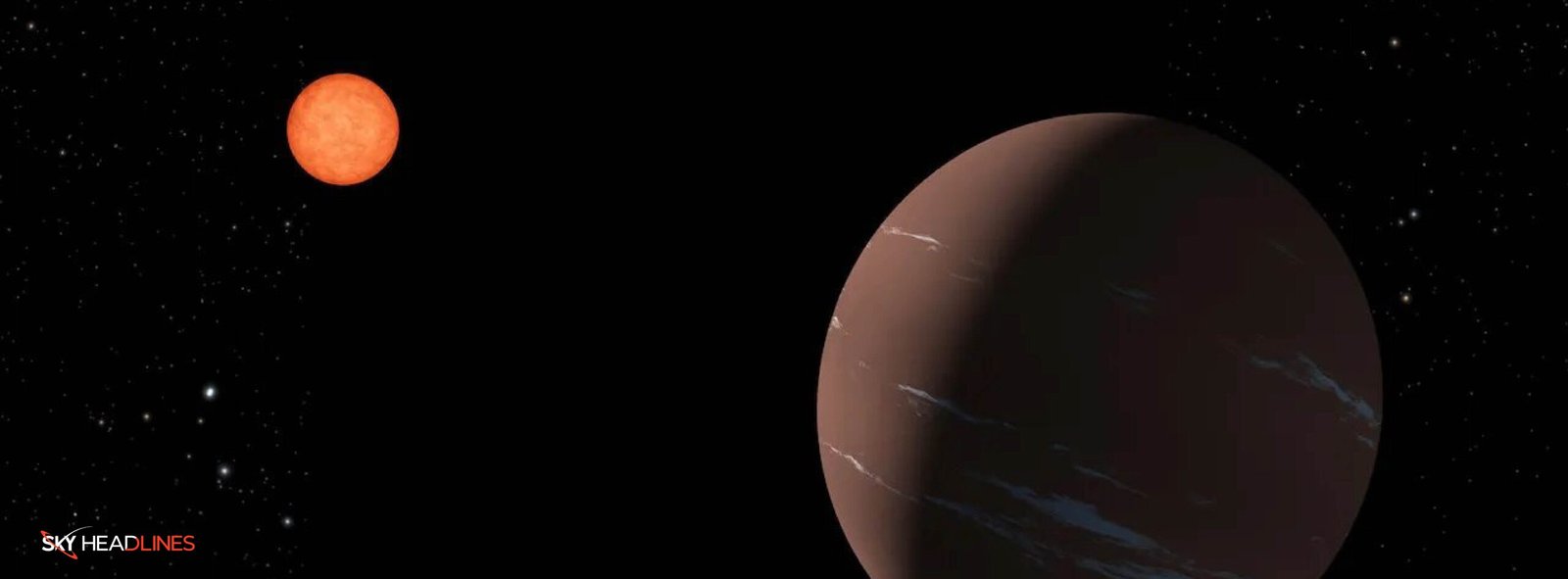The quest to find Earth-like planets beyond our solar system has led to the discovery of a new category of exoplanets known as “Super Earth.” These planets, larger than Earth but smaller than ice giants like Neptune, have captured the imagination of scientists and space enthusiasts alike. Among these, TOI-715 b stands out as a recent, significant discovery that has the potential to reshape our understanding of habitable worlds in the universe.
Which planet is called super Earth?
Super Earth isn’t the name of a specific planet, but rather a category of exoplanets (planets outside our solar system). They are defined by having a mass several times larger than Earth, but significantly smaller than Neptune. So, thousands of planets could be considered “super-Earth,” each with its unique name or designation.
Unveiling TOI-715 b: A Promising Super Earth
How far away is super Earth?
TOI-715 b, a newly discovered exoplanet located 137 light-years away, represents a leap forward in the search for life beyond Earth. Orbiting a small, reddish star, this planet is approximately one and a half times the width of Earth and resides in the “conservative habitable zone” of its star system. This zone is defined as the range of distance from a star where liquid water could exist on a planet’s surface, a critical factor for supporting life as we know it.
Is super-Earth bigger than Earth?
Yes, “sub-Neptune” refers to planets bigger than Earth. However, it’s a category, not a specific planet’s name.
- Super Earths are defined as having 2 to 10 times the mass of Earth.
- Their size can also vary, ranging from slightly larger than Earth to up to double the size.
So, while all super-Earths are technically bigger than Earth, their sizes can differ within that range.
The Significance of the Conservative Habitable Zone
The conservative habitable zone is a narrower and potentially more robust definition compared to the broader “optimistic” habitable zone. It represents a prime location where the temperatures are just right for liquid water to form, provided other essential conditions, such as a suitable atmosphere, are met. TOI-715 b’s location within this zone raises the possibility of it having the right conditions for sustaining life.
The Potential for a Second Earth-Sized Planet
Adding to the intrigue, the star system of TOI-715 b might also host a second, Earth-sized planet. If confirmed, this planet would become the smallest habitable-zone planet discovered by the Transiting Exoplanet Survey Satellite (TESS) so far. The presence of two potentially habitable planets in the same system is a rare and valuable opportunity for scientific research.
The Role of Advanced Technology in Super Earth Discovery
The discovery of TOI-715 b was made possible through the collaboration of various space-borne instruments and an international team of scientists. TESS played a crucial role in identifying this Super Earth, demonstrating the satellite’s capability to enhance our exoplanet knowledge base.
James Webb Space Telescope: A New Frontier
The James Webb Space Telescope (JWST), with its unprecedented observation capabilities, is expected to provide invaluable insights into the nature of TOI-715 b and similar exoplanets. The JWST is designed to detect and analyze the composition of exoplanetary atmospheres, offering clues to the presence of life.
International Collaboration: Key to Discovering New Worlds
The discovery of TOI-715 b is a testament to the power of international collaboration in space exploration. Led by Georgina Dransfield from the University of Birmingham, the team utilized an array of global facilities to confirm the existence of this Super Earth. This collaborative approach is crucial for advancing our understanding of the universe.
The Future of Super Earth Exploration
The discovery of TOI-715 b and its potential habitable conditions opens up new avenues for research and exploration. As we continue to discover more Super Earth, our understanding of what makes a planet habitable and the potential for life beyond our solar system expands.
Can we live on a super-Earth?
The possibility of living on a super-Earth is complex and depends on several factors:
Habitability: While some “super-Earths” have Earth-like masses, they may not be truly Earth-like. Their size range creates a diverse group, and some can become gas giants like Neptune instead of rocky planets like ours. Additionally, even rocky sub-Neptunes might have:
Intense gravity: Higher mass can lead to stronger gravity, which could strain our bodies and affect development.
Thick atmosphere: More gravity can hold onto more atmosphere, potentially making it crushing or composed of unsuitable gases.
Extreme conditions: Depending on their position in their solar system, they could be too hot or cold for liquid water, essential for life as we know it.
Suitability for human life: Even if a super-Earth has Earth-like conditions, adapting to its environment presents challenges. We’d need significant technological advancements to create sustainable living spaces and overcome potential health risks.
The Search for Life
With each new Super Earth discovery, the question of extraterrestrial life becomes more pertinent. Planets like TOI-715 b, located in habitable zones, are prime candidates for further investigating this profound and age-old query.
The Implications for Astrophysics and Cosmology
The study of Super Earth like TOI-715 b has far-reaching implications beyond the search for life. It provides insights into planetary formation, evolution, and the conditions that lead to habitable environments. This knowledge is essential for understanding our place in the cosmos.
Conclusion: A New Chapter in Space Exploration
The discovery of TOI-715 b is more than just the finding of another exoplanet. It represents a significant step in our quest to understand the universe and search for life beyond Earth. As technology advances and international collaborations strengthen, the exploration of Super Earth like TOI-715 b will continue to illuminate the mysteries of the cosmos and perhaps, one day, answer the question of whether we are alone in the universe.





